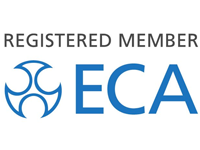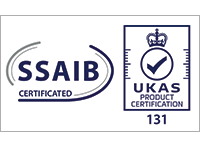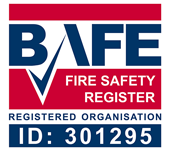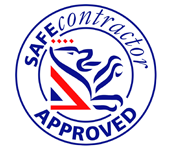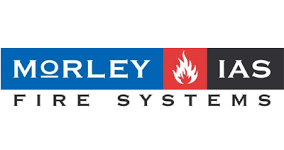The Silent Killer: Carbon Monoxide
What is Carbon Monoxide? Carbon monoxide is a poisonous gas that has no smell or taste. Breathing it in can make you unwell, and it can kill if you are exposed to high levels. It is an extremely toxic gas that is difficult detect without a CO detector. It is known as ‘the silent killer’, because it is colourless, odourless, tasteless, yet lethal. Carbon monoxide is produced when fuels such as gas, oil, coal and wood do not burn fully. These types of fuels are used in many household appliances, including boilers, gas fires, central heating systems, water heaters and cookers. However, Carbon Monoxide isn’t just confined to domestic properties; there have been many cases in which care homes, hotels, schools and commercial premises have experienced gas leaks. Faulty boilers, generators and plant machinery, are often the main causes of CO exposure.
So, why is CO so Dangerous?
When CO enters the blood stream it attaches to our haemoglobin. Haemoglobin is the red protein responsible for carrying oxygen around our body, however CO has a much stronger bond with haemoglobin, thereby reducing the amount of oxygen that can be carried around the body. This bond between haemoglobin and CO is called Carboxyhaemoglobin (COHb). When our brain becomes deprived of oxygen we begin to experience headaches, dizziness, nausea and breathlessness. Eventually we will collapse and lose consciousness. At this point, we are probably experiencing substantial brain damage, and if the exposure continues, we will die.
How Great is the Risk?
A report by The Carbon Monoxide and Gas Safety Society, state that there are over 30 deaths per year and about 250 injured with the U.K. These figures are almost certainly the tip of an iceberg, particularly the injuries, because there is no automatic testing for CO of people on death or even those who die from unexplained causes and people who have symptoms of CO have great difficulty obtaining a blood or breath test in time to test positive for CO. Due to this the statistics are estimated to be much higher.
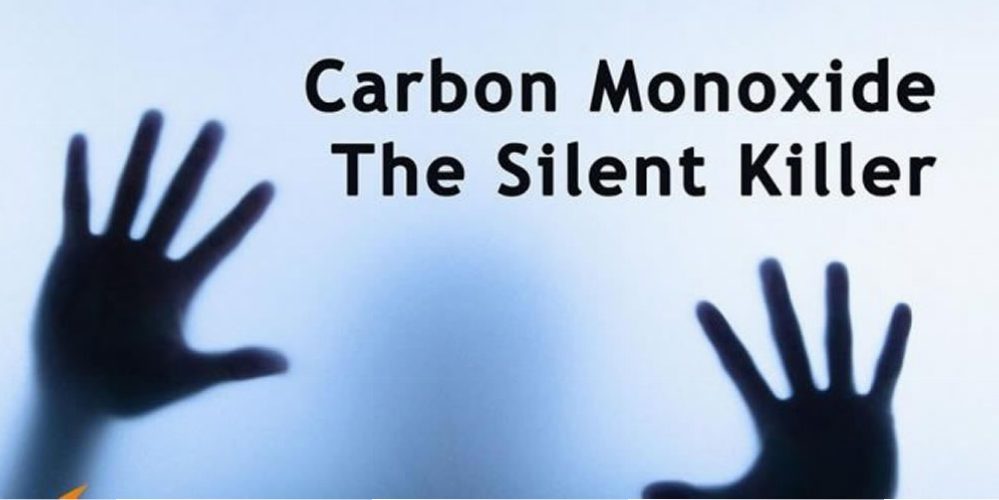
How do we Prevent Injuries and Deaths Caused by CO?
The law states that it is the duty of every employer to ensure that the workplace and equipment their employees work in are safe and pose no risk to their health (Health and Safety at Work Act 1974). Furthermore, Under the Workplace (Health, Safety and Welfare) Regulations 1992, every employer is responsible for providing suitable and effective ventilation in the workplace which includes office areas, warehouses and kitchens.
Installing a CO detector will alert building occupants to dangerous levels of CO before it is too late. Carbon monoxide detectors should be fitted in any rooms that have a fixed solid fuel-burning appliance installed. Alarms must be placed anywhere between one to three metres away from the solid fuel heating appliance; preferably on the ceiling and a minimum of 300mm away from the wall.
Risk assessments
If you don’t have a risk assessment in place for Carbon Monoxide poisoning, we are here to help. We can provide professional advice and recommendations to ensure your business is compliant with the all regulations. We will identify potential sources, areas that lack coverage and possible causes of a carbon monoxide leaks within your building or business. All our engineers are fully qualified to industry standards, and their training is regularly refreshed to keep them aware of developments and changing technologies in the industry.
